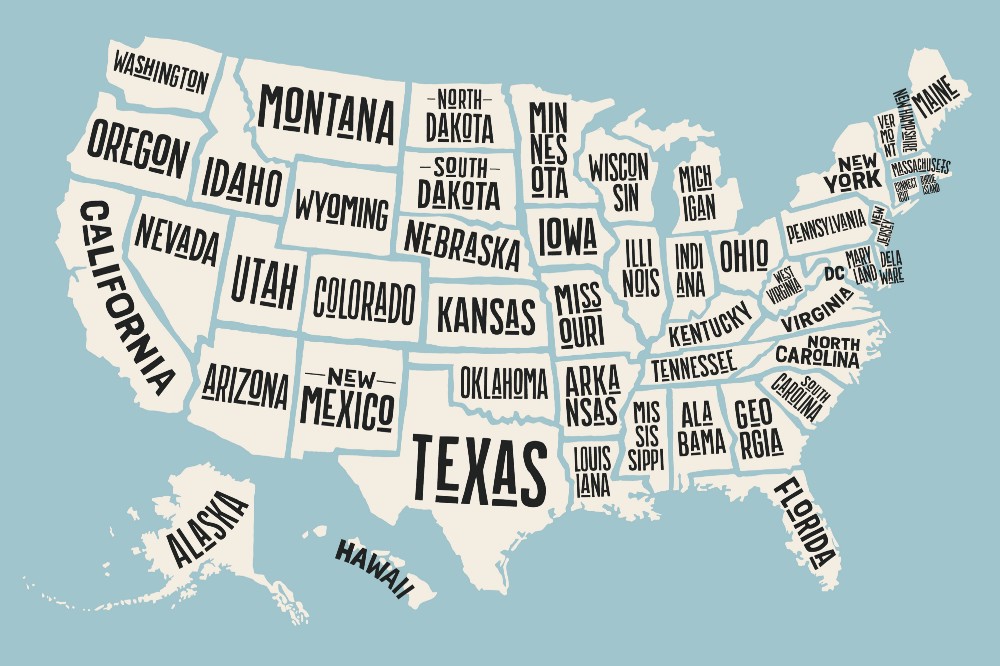By Jeanne Hogarth, Financial Health Network
The recent turmoil in leadership at the Consumer Financial Protection Bureau (CFPB) and the initial actions of the acting director point to at least one conclusion: For consumers to continue to have access to high quality, innovative products that help them improve their financial health, focus needs to shift to the states.
The CFPB has done a lot since opening their doors in 2011. The Dodd-Frank Act set out an ambitious agenda for the new Bureau, not only for regulation and enforcement but also for consumer education and engagement. The Bureau has improved disclosures, promoted well-educated and informed consumers, created new regulations to prevent the worst abuses, and restored $11.9 billion in funds to consumers. And through outreach, office hours, and Project Catalyst, they have attempted to support and foster innovative financial services.
Love it or hate it, you have to admit that the Bureau has played an important role in re-establishing the role of consumer protection in financial markets. That role was largely missing in the lead up to the 2008 financial crisis and we needed to bring it back to the foreground.
But the prospect of a new CFPB director — who will have a different philosophy of consumer protection than we’ve seen under Richard Cordray — does not bode well for innovative approaches to consumer protection and consumer financial health outcomes. And the fact that the other federal financial regulators — the FDIC, the OCC, and the Federal Reserve — have, or will soon have, new leadership who may be less focused on consumer outcomes than their predecessors just compounds the concerns about federal leadership.
Which means that if we’re going to see any meaningful consumer financial health initiatives over the next 3 or 4 years, they are likely to come from states with an interest in helping protect their consumers, while at the same time keeping their doors open to innovations that help consumers build and maintain their financial health.
In the past, states have proven to be more nimble in addressing consumer problems, whether via legislation, regulation, or enforcement. In 2013, California initiated their Pilot Program for Increased Access to Responsible Small Dollar Loans, paving the way for more alternatives to payday lending. Illinois hosts office hours for financial services innovators to bounce ideas off the state’s financial regulator. Six New England states are considering ideas for implementing a regional sandbox. We expect to see more of these kinds of initiatives in 2018 and beyond.
In this light, the Conference of State Bank Supervisors (and their sister organizations, the National Association of Insurance Commissioners, and North American Securities Administrators Association) will need to be on more speed-dial lists. And yes, it is easier dealing with a few federal agencies than a much larger number of state agencies.
But for those of us who want to keep the momentum going for both consumer protection and innovations to improve financial health? We’ll be looking to the states.
Jeanne Hogarth is Vice President of Policy at the Center for Financial Services Innovation, a nonprofit focused on improving Americans’ financial health. Jeanne is based in Washington, DC.
By Financial Health Network on December 11, 2017.
